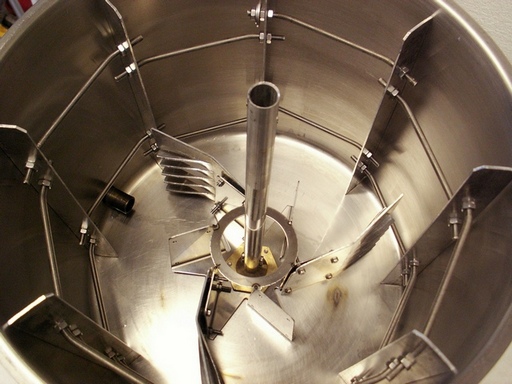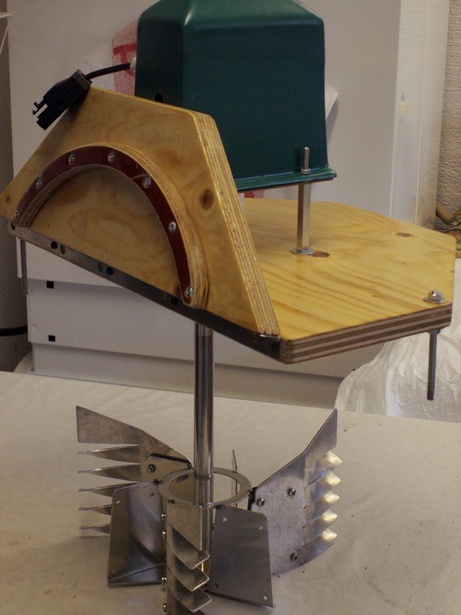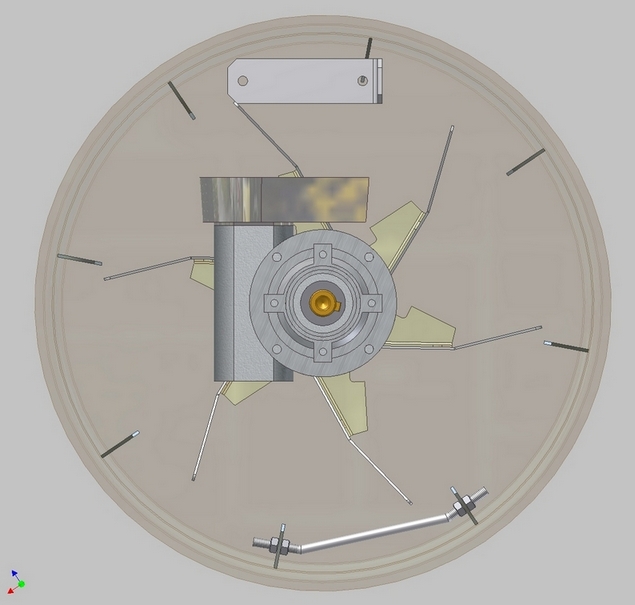Hello my friends.
I heard that HERMS make clearer beer because of their recirulation. I cannot really understand the logic behind how recirulation during mashing would help, but maybe somebody could explain this to me?
Thanks for your time.
Kind regards,
Marius
I heard that HERMS make clearer beer because of their recirulation. I cannot really understand the logic behind how recirulation during mashing would help, but maybe somebody could explain this to me?
Thanks for your time.
Kind regards,
Marius





